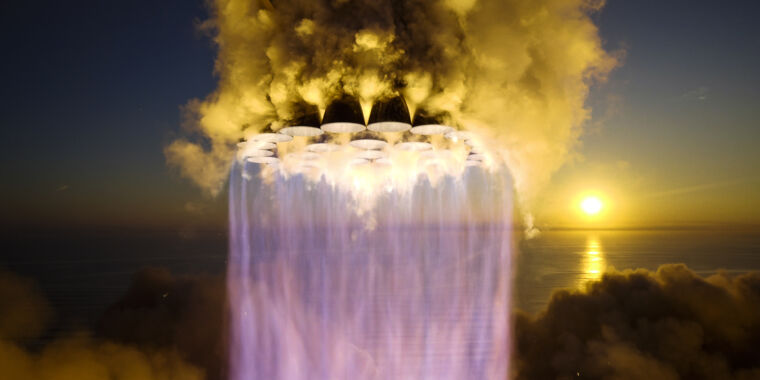or the grid vane being used to impart rotation. I continue to assume the latter because I can't see another reason for the booster to turn like that. If the engines were gimballing, then the bottom of the rocket would move out of line with the stack. Instead, the top moves out. I thought that perhaps the turn could be coming from asymmetrical venting from the interstage, but that wouldn't make much sense because the interstage would want to rotate instantly while the video shows a brief pause between separation and rotation.




